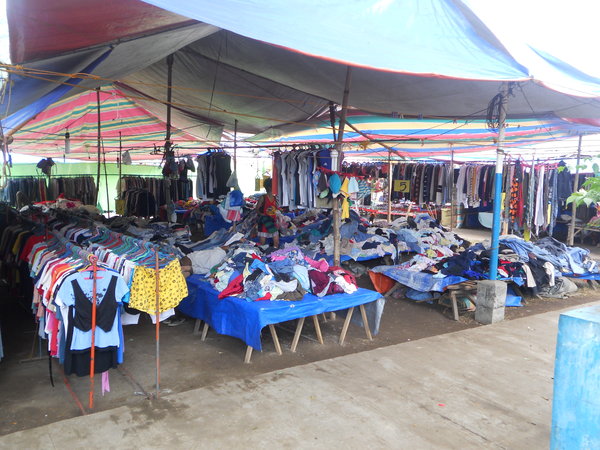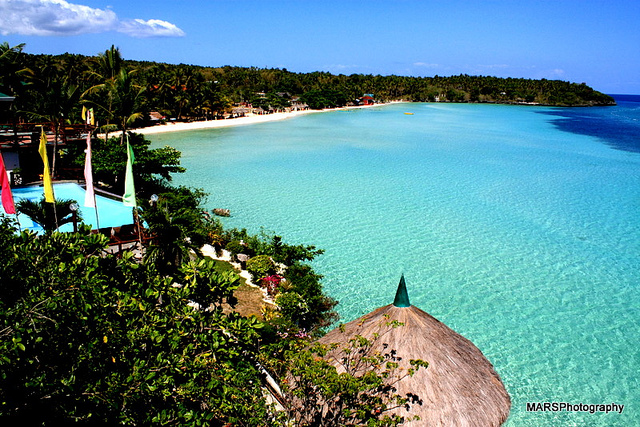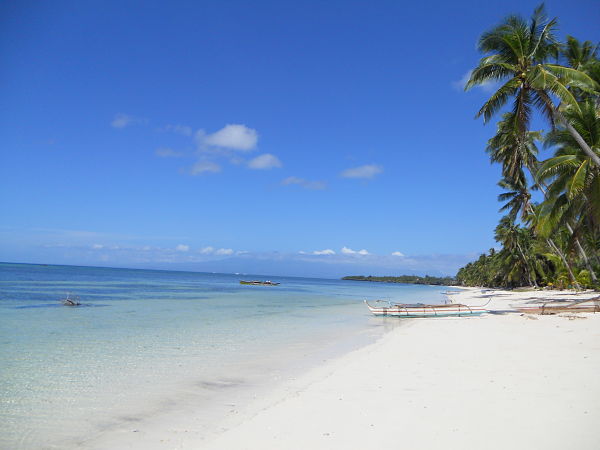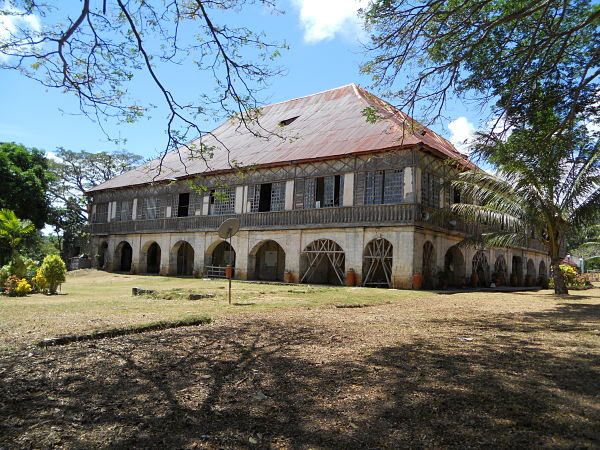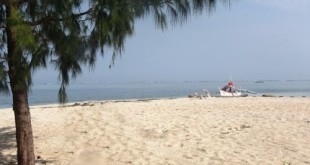Filipinos fought for their freedom from Spanish colonial rule for years. The national revolution led by the Katipunan (secret society of patriots) in 1896 hastened the road to independence, with Emilio Aguinaldo at the helm (after internal power struggles that led to the execution of Katipunan leader Andres Bonifacio). With most of the country under his control, Aguinaldo declared the Philippine Independence from the balcony of his home in Cawit, Cavite on June 12, 1898. Thus, the Philippines as a republic was born.
Simultaneous Flag-Raising Ceremonies Nationwide
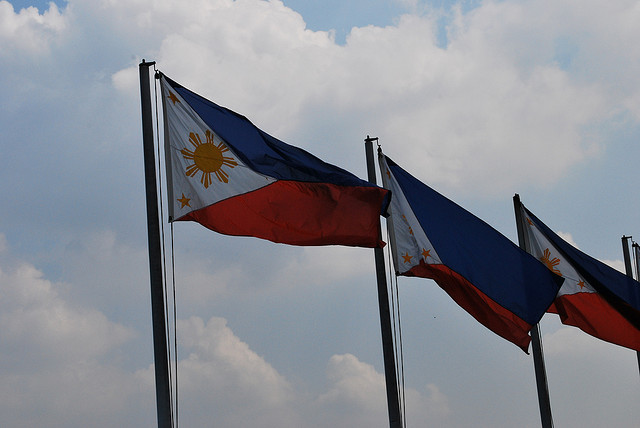
Independence Day 2013 falls on Wednesday, June 12, the most nationalistic of all national holidays. As befitting the occasion, simultaneous flag-raising events are held in historical places and throughout the country to memorialize that day when the Philippine flag was first flown in Cawit, Cavite.
The president of the Philippines leads the 7AM flag-raising ceremony in various historical places in the course of his 6-year tenure. This year, he spearheaded the nationally coordinated hoisting of the flag in Barasoain Church in Malolos, Bulacan, seat of the first Philippine Congress. Last year, he led the celebrations in Cawit, Cavite where the Proclamation of Independence was first read.
The country’s vice president and members of the cabinet lead flag-hoisting ceremonies in other places of historical significance; notably, places in Luzon that led the uprising against Spain. There are also wreath-laying ceremonies in the tombs of the fallen heroes, notably in Rizal Park, the Bonifacio Monument, and the tomb of Emilio Aguilnaldo, memorials to pivotal heroes of the Philippine Revolution.
In Cebu and Davao, regional hubs of Central and Southern Philippines, respectively, parades and flag-hoisting ceremonies are led by the cities’ local government executives.
Flag Day on Araw ng Kalayaan
It being a highly nationalistic holiday, the Philippine Independence Day is an opportunity for everyone outside of mandated institutions to display the Philippine flag as a sign of celebration, common identity, and national unity. Homes and businesses are bedecked with Philippine flags and national symbols starting late May until late June. Miniature flags are displayed in public and private conveyances.
The Filipino National Costume Graces Red Carpets
In the functions and banquets – featuring no less than Filipino cuisines – that follow flag-raising ceremonies, government officials, guests and even dignitaries wear the Filipino national costume: “Barong Tagalog” for men (lightweight, translucent and long-sleeved formal garment worn over an undershirt) and “baro’t saya” for women (a blouse and skirt ensemble that often features elaborate embroidery and patterns).
Filipinos Wear Their Nationalistic Hearts on Their Sleeves
For the Filipino on the street, wearing the national emblems and colors – blue, red and yellow, sometimes in the exact replica of the Philippine flag – is widespread on Independence Day. Shirts printed with images of national heroes and national symbols are another acceptable expression of nationalism.
Companies that remain open on this day, like business process outsourcing centers, encourage their employees to come to work in nationalistic attire.
Open-Air Concerts, Cultural Performances, Native Sports Exhibitions and More!
Admission-free musicals, concerts, cultural dances, street theater, native sports demonstrations, film showing sessions, multimedia art exhibitions, tributes to national heroes, and fireworks held in venues all throughout Manila, the country’s capital, all lend color and texture to the affair.
Similar celebrations are carried out in various parts of Central and Southern Luzon, particularly in Cebu and Davao.
Freedom of Expression Openly Expressed
Citizen vigilance groups take advantage of the event, and the attendant media coverage, to place before the public their grievances against the government. Street demonstrations on Independence Day can be intensely emotional, and conflicts between the demonstrators and law enforcers often arise when effigies (of political leaders such as the president) are publicly burned or defaced. Street protests are given maximum tolerance by the government, and are considered healthy expressions of civil liberties, the very essence that Independence Day stands for.
Photo by Trishhhh
